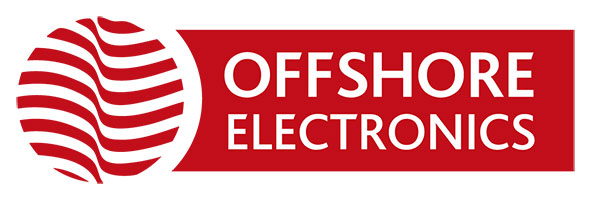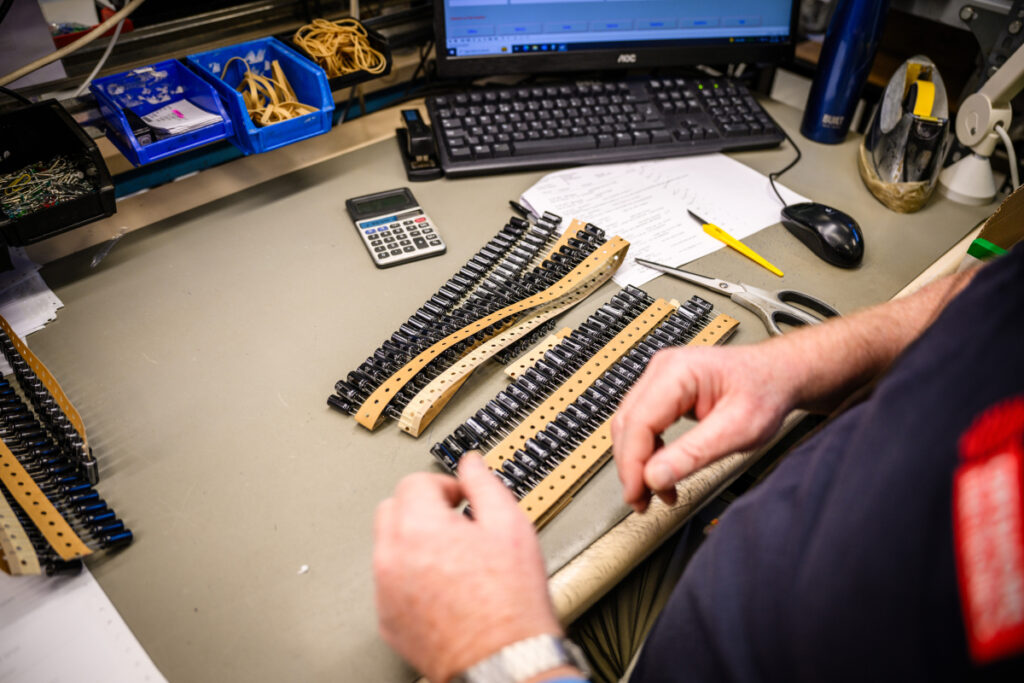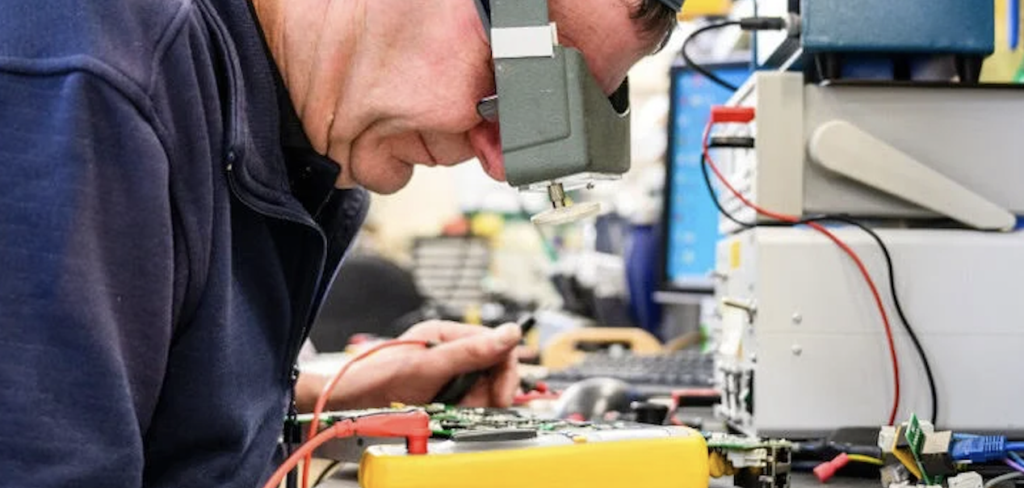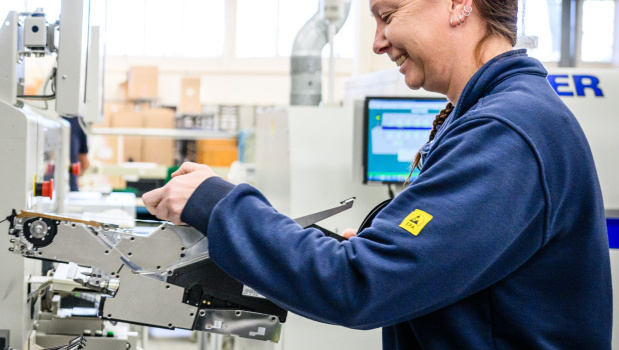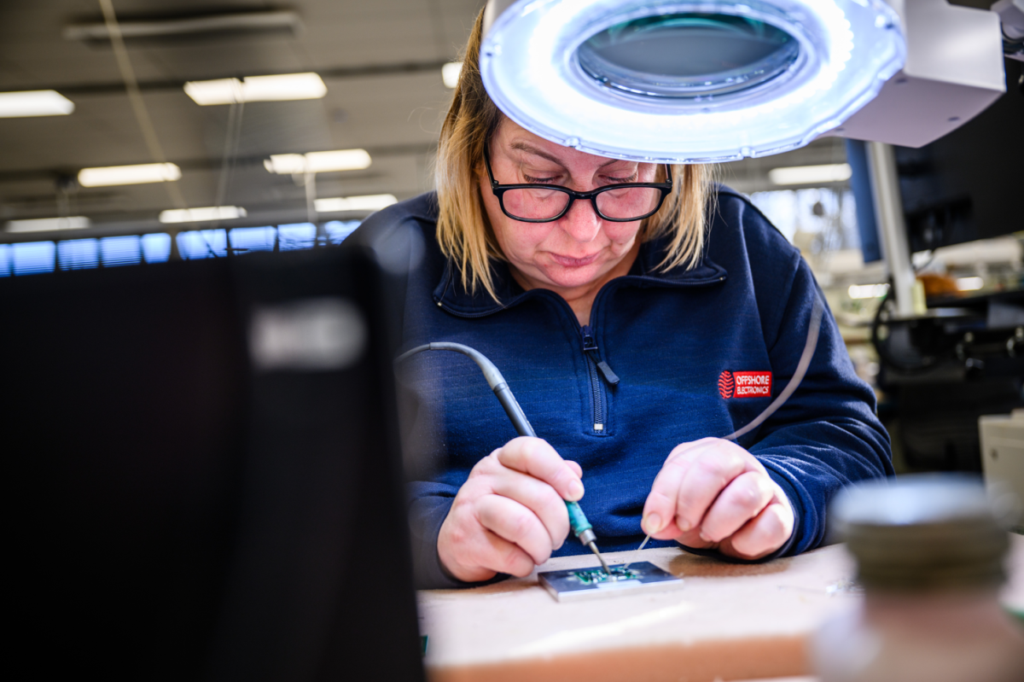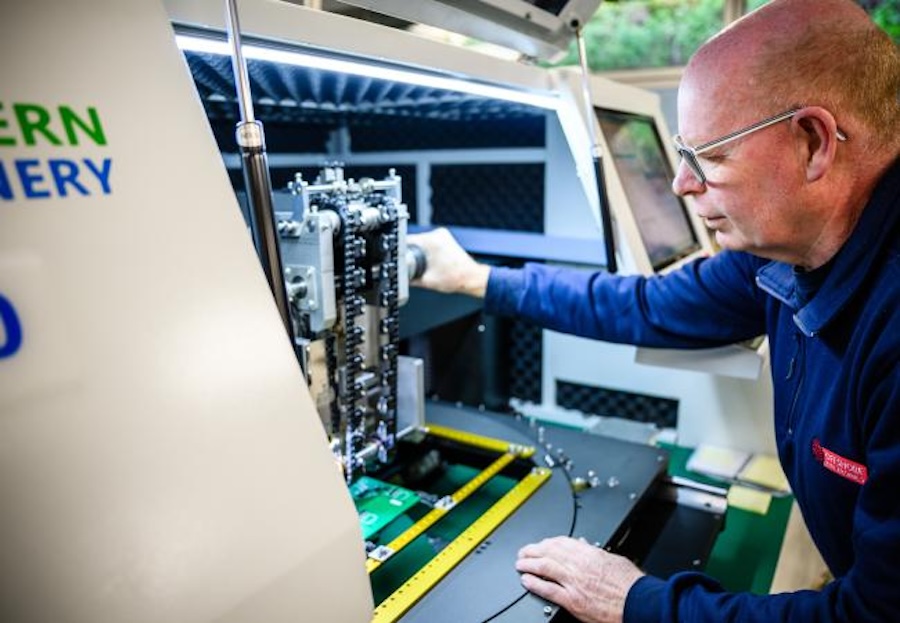
Offshore Electronics knows that the global electronics supply chain has long revolved around the efficiency of manufacturing hubs in the Far East.
For years, this model delivered not only lower production costs but also impressive logistical coordination—components could be sourced, assembled, and shipped in mere weeks.
However, recent disruptions have highlighted vulnerabilities in this system. From material shortages to freight delays, what was once a streamlined model has become increasingly unstable. As manufacturers reassess operational risk, reshoring — the practice of bringing production closer to home — is moving from discussion to action.
Taking Control of the Production Pipeline
The realignment of global manufacturing priorities is as much about strategic control as it is about cost. Today’s electronics OEMs are looking beyond spreadsheets and re-evaluating the total cost of production — from factory to fulfillment.
While contract electronics manufacturers (CEMs) based in reshored or nearshored regions may still rely on overseas components, their ability to hold inventory and respond dynamically to order volumes often gives them an edge. In complex builds like PCB assemblies, control over the production process can prevent costly bottlenecks.
One example is Offshore Electronics, which has leveraged its in-house engineering expertise to identify substitute components for clients, avoiding the lead-time issues that have plagued even large-scale manufacturers in recent years.
Ensuring Consistency Through Localized Supply Chains
Production consistency is another pillar of the reshoring argument. While manufacturing standards in Asia are generally high, quality assurance is not always consistent across all suppliers. Domestic manufacturing ecosystems often include rigorously vetted partners, subject to higher compliance requirements and aligned with ISO standards.
Offshore Electronics, for instance, sources its printed circuit boards and components exclusively from approved facilities that meet stringent environmental and operational benchmarks, including ISO 26000, ISO 16001, and ISO 14001. This tighter quality loop helps to maintain consistent output — especially critical in sectors where reliability underpins product success.
The cost of poor consistency is becoming more apparent as air and sea freight remain well above pre-pandemic price points and material volatility continues to challenge even the best-prepared OEMs. The cheapest route is no longer always the most viable one.
Clarity & Communication Across Fewer Borders
Beyond logistics, reshoring introduces a layer of operational clarity that’s difficult to replicate in long-distance relationships. Time zones, language barriers, and cultural differences can impede the back-and-forth dialogue essential to fine-tuning an electronic design — especially when changes are required late in the development cycle.
Streamlining the supply chain to focus on local or regional partners reduces this friction, enabling faster turnaround on design iterations and more fluid communication between engineering and production teams. In fast-moving markets, this agility can make the difference between delivering a product on time or missing a window of opportunity entirely.
Reshoring is not a cure-all, but as the electronics manufacturing landscape evolves, it’s increasingly viewed as a sound strategic move. Control, consistency, and clarity — combined with reduced exposure to geopolitical and logistical volatility — are once again making a strong case for bringing production closer to home.
Visit the Offshore Electronics website for more information.

